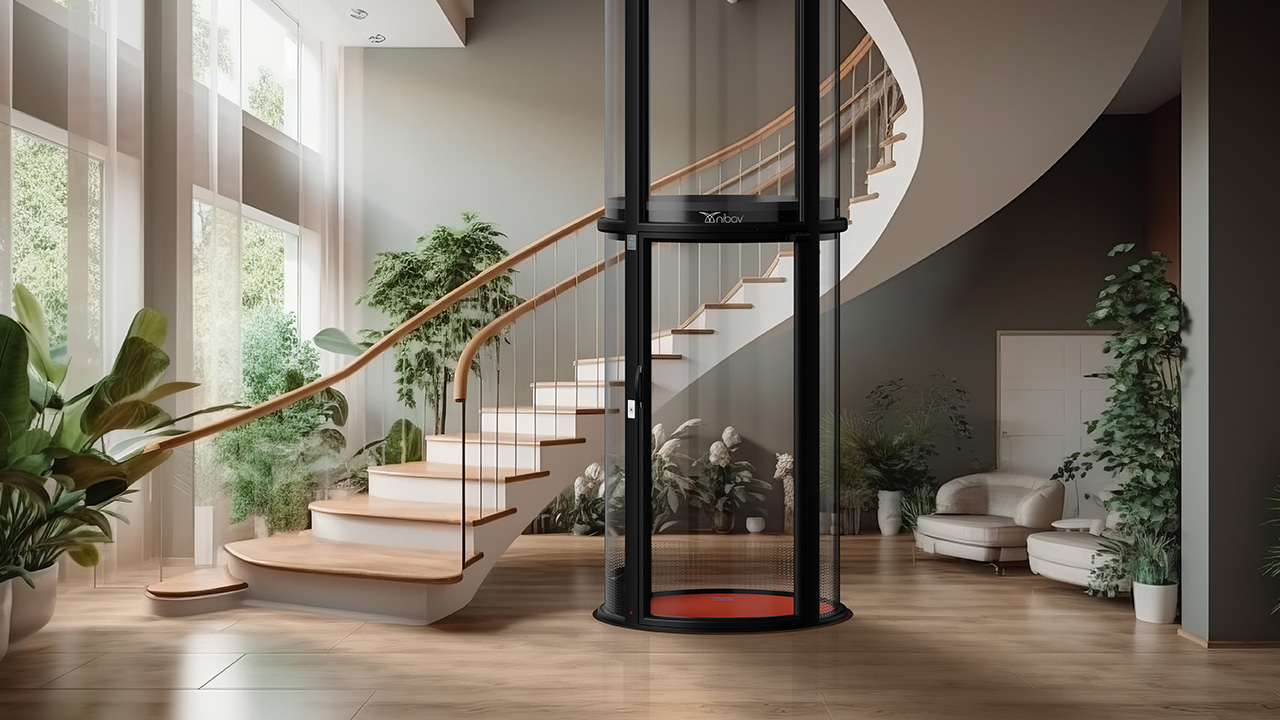
Safety is paramount when it comes to home elevators. When exploring the key features of home elevators, it’s crucial to prioritize safety considerations. Here’s a guide to help you understand the essential safety features:
- Emergency Stop Button:
- Home elevators should be equipped with an easily accessible emergency stop button that immediately halts the elevator’s movement in case of any unforeseen circumstances.
- Door Interlocks:
- Door interlocks ensure that the doors cannot be opened when the elevator is in motion. This prevents accidental falls and enhances overall safety.
- Backup Power Supply:
- A reliable backup power supply is critical to ensure that the elevator can operate during power outages. This is especially important in emergency situations.
- Overload Sensors:
- Overload sensors detect if the elevator is carrying a load beyond its capacity. When an overload is detected, the system should prevent the elevator from moving until the excess weight is removed.
- Safety Brakes:
- Safety brakes engage automatically if the elevator system detects an abnormality or failure. These brakes prevent the elevator from falling and provide an additional layer of protection.
- Telephone or Intercom:
- An emergency communication system, such as a telephone or intercom, allows passengers to communicate with help in case of an emergency.
- Non-Skid Flooring:
- The flooring inside the elevator should be non-skid to prevent slipping, especially for those with mobility challenges.
- Handrails:
- Handrails inside the elevator cabin provide additional support and stability, especially for individuals with mobility issues.
- Clear Position Indicators:
- Clear position indicators inside and outside the elevator inform users about the current position of the elevator, reducing the risk of opening doors at the wrong time.
- Automatic Lighting:
- Automatic lighting inside the elevator ensures visibility, especially during power outages or in low-light conditions.
- Fire-Resistant Materials:
- The construction materials of the elevator should be fire-resistant to enhance safety in the event of a fire.
- Code Compliance:
- Ensure that the home elevator complies with local building codes and safety regulations. Professional installation is key to meeting these standards.
- Motion Sensors:
- Motion sensors can detect movement in the path of the closing doors, preventing the doors from closing if an obstruction is detected.
- Regular Maintenance:
- Establish a regular maintenance schedule to ensure that all safety features are functioning correctly. Regular inspections can catch potential issues before they become serious problems.
- Child Safety Features:
- If there are children in the household, consider features such as child-proof controls and additional safety measures to prevent accidents.
When choosing a house elevators, always consult with professionals who specialize in elevator installation and maintenance to ensure that the chosen system meets or exceeds safety standards. Taking these safety features into account will contribute significantly to the overall safety and peace of mind for users.



